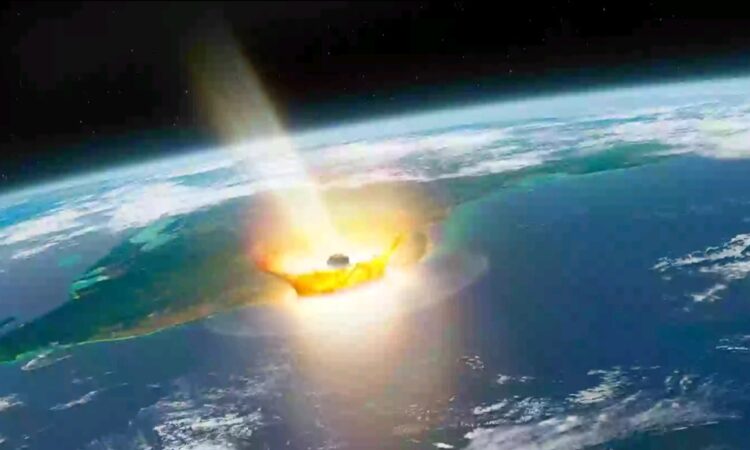Oxford astrophysics professor explains ‘quite devastating’ impact asteroid that could hit Earth in seven years may do

Asteroid 2024 YR4, which was first spotted by NASA’s ATLAS system in Chile on December 27, 2023, has a very small chance of hitting Earth in the year 2032.
While the odds are low, scientists are keeping a close eye on it because if it were to collide with our planet, the impact could be extremely destructive.
Professor Stephen Smartt, an astrophysics expert at the University of Oxford, explained that this asteroid is similar in size and type to the one that caused the Tunguska event in 1908.
That event, which happened over a remote part of Siberia, created a massive explosion in the air, flattening trees across a huge area and causing significant damage, even though it didn’t directly hit the ground.
If 2024 YR4 were to enter Earth’s atmosphere, it could cause a similar air burst, releasing a tremendous amount of energy. Professor Smartt said the devastation would likely be localized, affecting an area of about 30 to 50 kilometers across.
If it were to hit a populated area, the results could be catastrophic, potentially destroying buildings, infrastructure, and natural landscapes. In such a scenario, the best course of action might be to evacuate the area to save lives, as there wouldn’t be enough time to try to deflect or destroy the asteroid.
The chances of this actually happening are very slim—about 0.36 percent, or 1 in 280 odds, according to NASA’s calculations. The asteroid is estimated to be between 40 and 90 meters wide, which is roughly the size of a large building or a football field.
If it were to hit Earth, the predicted date of impact is December 22, 2032. While this might sound alarming, it’s important to remember that the probability is low, and scientists are constantly monitoring the asteroid’s path to provide updates.
Professor Smartt also pointed out that larger asteroids, which could cause global damage, are already well-tracked, and their paths are closely watched. However, smaller asteroids like 2024 YR4 are harder to detect and can appear with little warning.
This is why systems like ATLAS are so important they help spot these smaller objects early, giving us time to prepare if necessary. In the case of 2024 YR4, if it were found to be on a collision course, evacuation would likely be the most practical solution to protect people in the affected area.
While the idea of an asteroid hitting Earth can be scary, it’s also a reminder of how important it is to keep studying and monitoring space.
Scientists are working hard to improve our ability to detect and respond to potential threats, ensuring that we’re as prepared as possible to protect our planet and its inhabitants. For now, the risk from 2024 YR4 is minimal, but it’s a good example of why we need to stay vigilant and continue investing in space science and technology.





